James P. Allison believed that unleashing the immune system was a way to beat cancer when almost no one else did. A Nobel Prize and a growing list of cancer survivors vindicate him.


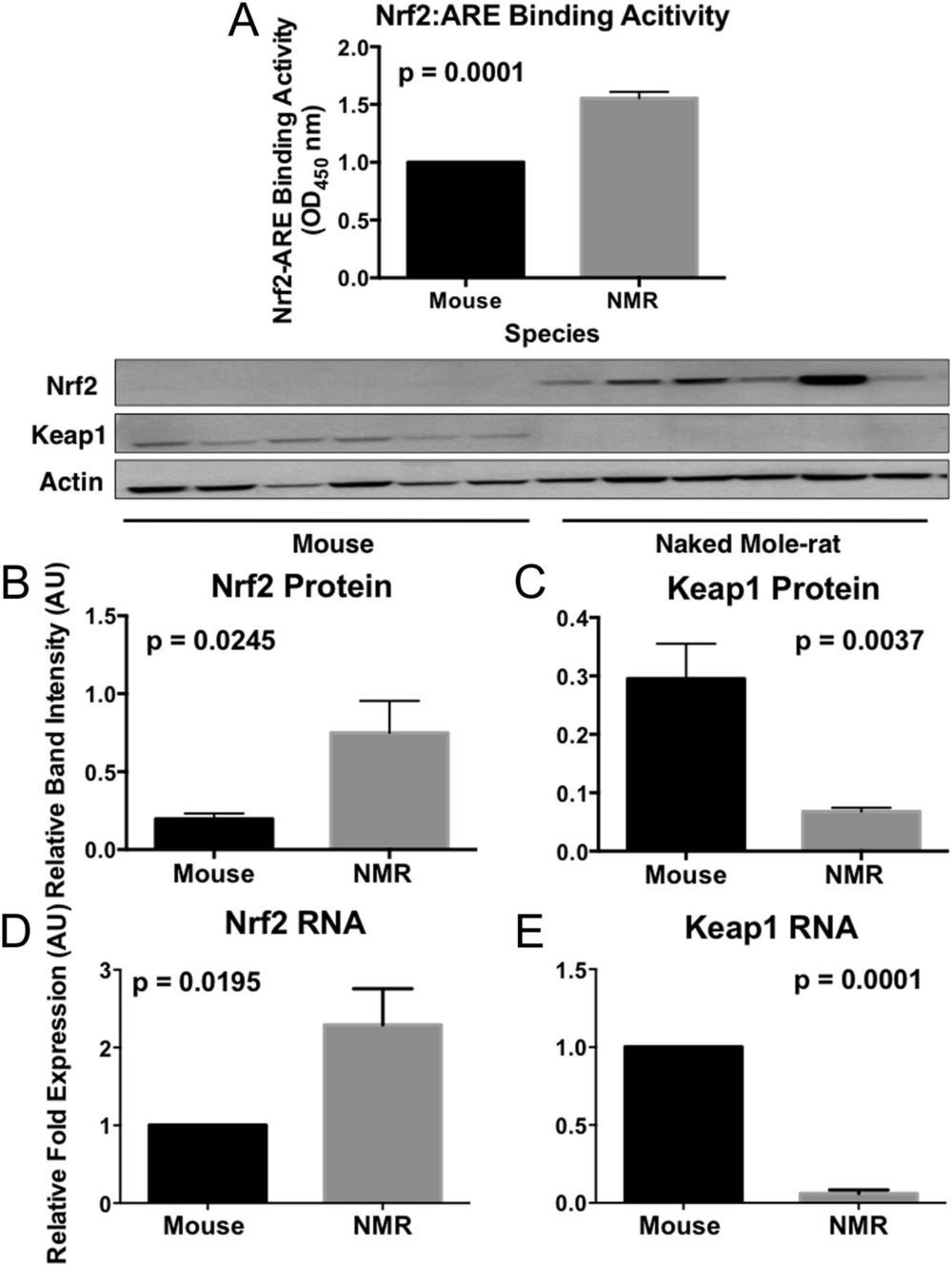
Both genetically altered and naturally long-lived mammals are more resistant to toxic compounds that may cause cancer and age-associated diseases than their shorter-lived counterparts. The mechanisms by which this stress resistance occurs remain elusive. We found that longer-lived rodent species had markedly higher levels of signaling activity of the multifunctional regulator nuclear factor erythroid 2-related factor (Nrf2) and that this increase in cytoprotective signaling appeared to be due to species differences in Kelch-like ECH-Associated Protein 1 (Keap1) and β-transducin repeat-containing protein (βTrCP) regulation of Nrf2 activity. Both of these negative regulators of Nrf2-signaling activity are significantly lower in longer-lived species. By targeting the proteins that regulate Nrf2 rather than Nrf2 itself, we may be able to identify new therapies that impact aging and age-associated diseases such as cancer.
The preternaturally long-lived naked mole-rat, like other long-lived species and experimental models of extended longevity, is resistant to both endogenous (e.g., reactive oxygen species) and environmental stressors and also resists age-related diseases such as cancer, cardiovascular disease, and neurodegeneration. The mechanisms behind the universal resilience of longer-lived organisms to stress, however, remain elusive. We hypothesize that this resilience is linked to the activity of a highly conserved transcription factor, nuclear factor erythroid 2-related factor (Nrf2). Nrf2 regulates the transcription of several hundred cytoprotective molecules, including antioxidants, detoxicants, and molecular chaperones (heat shock proteins). Nrf2 itself is tightly regulated by mechanisms that either promote its activity or increase its degradation.
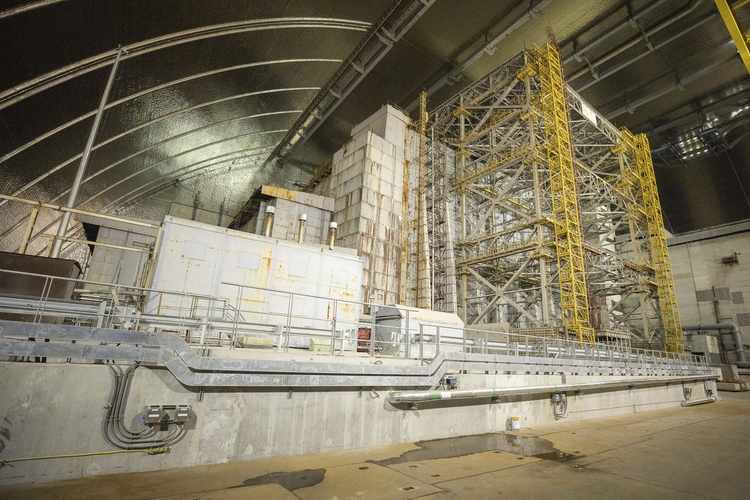
Back in 1991, scientists were amazed when they made the discovery…
In the eerie environment inside the abandoned Chernobyl Nuclear Power Plant, researchers remotely piloting robots spotted pitch black fungi growing on the walls of the decimated No. 4 nuclear reactor and even apparently breaking down radioactive graphite from the core itself. What’s more, the fungi seemed to be growing towards sources of radiation, as if the microbes were attracted to them!
More than a decade later, University of Saskatchewan Professor Ekaterina Dadachova (then at the Albert Einstein College of Medicine in New York) and her colleagues acquired some of the fungi and found that they grew faster in the presence of radiation compared to other fungi. The three species tested, Cladosporium sphaerospermum, Cryptococcus neoformans and Wangiella dermatitidis, all had large amounts of the pigment melanin, which is found – among many places – in the skin of humans. People with a darker skin tone have much more of it. Melanin is known to absorb light and dissipate ultraviolet radiation, but in the fungi, it seemed to also be absorbing radiation and converting it into chemical energy for growth, perhaps in a similar fashion to how plants utilize the green pigment chlorophyll to attain energy from photosynthesis.
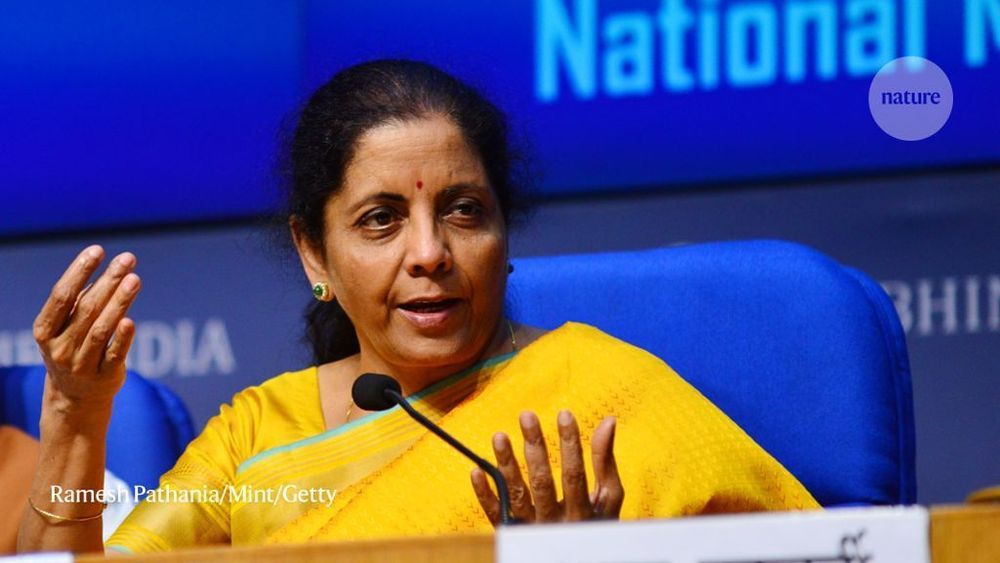
Overall, India’s science ministry, which oversees the department of science and technology; biotechnology; and scientific and industrial research, received 144 billion rupees in the 2020–21 budget, a 10.8% increase over promised funds in the 2019–20 budget.
Latest budget includes more than a billion dollars in funding for quantum computing, communications and cryptography.
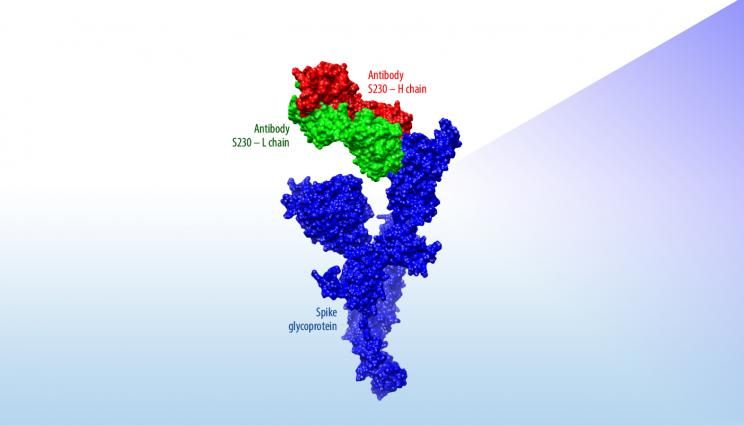
Amid mounting concern about a novel coronavirus spreading from China, Lawrence Livermore National Laboratory (LLNL) researchers have developed a preliminary set of predictive 3D protein structures of the virus to aid research efforts to combat the disease.
The models are based on the genomic sequence of the novel coronavirus and a protein found in the virus that causes Severe Acute Respiratory Syndrome (SARS), which closely resembles the new virus.
The researchers plan to use the models to accelerate countermeasure design, using a combination of machine learning, biological experiments and simulation on supercomputers.
As global concern continues to rise about a novel coronavirus spreading from China, a team of Lawrence Livermore National Laboratory (LLNL) researchers has developed a preliminary set of predictive 3D protein structures of the virus to aid research efforts to combat the disease.
The team’s predicted 3D models, developed over the past week using a previously peer-reviewed modeling process, are based on the genomic sequence of the novel coronavirus and the known structure of a protein found in the virus that causes Severe Acute Respiratory Syndrome (SARS), also a coronavirus that closely resembles the new virus.
“A major part of the value of these new structural models is that they present the predicted protein in complex with SARS-neutralizing antibodies,” said Adam Zemla, an LLNL structural biologist and mathematician. “This can be thought of as the first step for the global research community to identify and model how therapeutic antibodies can be designed to fight the novel coronavirus.”

Most modern electronic devices rely on tiny, finely-tuned electrical currents to process and store information. These currents dictate how fast our computers run, how regularly our pacemakers tick and how securely our money is stored in the bank.
In a study published in Nature Physics, researchers at the University of British Columbia have demonstrated an entirely new way to precisely control such electrical currents by leveraging the interaction between an electron’s spin (which is the quantum magnetic field it inherently carries) and its orbital rotation around the nucleus.
“We have found a new way to switch the electrical conduction in materials from on to off,” said lead author Berend Zwartsenberg, a Ph.D. student at UBC’s Stewart Blusson Quantum Matter Institute (SBQMI). “Not only does this exciting result extend our understanding of how electrical conduction works, it will help us further explore known properties such as conductivity, magnetism and superconductivity, and discover new ones that could be important for quantum computing, data storage and energy applications.”

Roboticists at the California Institute of Technology launched an initiative called RoAMS, which uses the latest research in robotic walking to create a new kind of medical exoskeleton. With the ability to move dynamically, using neurocontrol interfaces, these exoskeletons allow users to balance and walk without the crutches. Learn more in the latest IEEE Spectrum article! https://ieeexplore.ieee.org/document/8946313 #RoAMS #exoskeletons
Bipedal robots have long struggled to walk as humans do-balancing on two legs and moving with that almost-but-not-quite falling forward motion that most of us have mastered by the time we’re a year or two old. It’s taken decades of work, but robots are starting to get comfortable with walking, putting them in a position to help people in need.
He remarks that we are at Kittyhawk as far as life extension goes. Most folks, including the Wright brothers, did not see a widespread use for aircraft at the time. Today in life extension the scientists working on it really do know what they are chasing.
My mission is to drastically improve your life by helping you break bad habits, build and keep new healthy habits to make you the best version of yourself.
- Please consider donating: https://paypal.me/BrentNally or my Bitcoin Cash (BCH) address: qr9gcfv92pzwfwa5hj9sqk3ptcnr5jss2g78n7w6f2 or Patreon
Follow Brent on social media:
- Instagram: https://instagram.com/brent.nally/
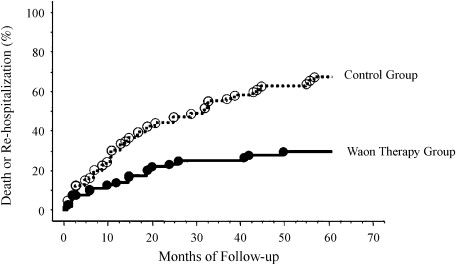
We developed a Waon therapy (soothing warm therapy) and have previously reported that repeated Waon therapy improves hemodynamics, peripheral vascular function, arrhythmias, and clinical symptoms in patients with chronic heart failure (CHF). The aim of this study was to investigate the effect of Waon therapy on the prognosis of CHF patients.
We studied 129 patients with CHF in NYHA functional class III or IV who were admitted to our hospital between January 1999 and March 2001. In the Waon therapy group, 64 patients were treated with a far infrared-ray dry sauna at 60 °C for 15 min and then kept on bed rest with a blanket for 30 min. The patients were treated daily for 5 days during admission, and then at least twice a week after discharge. In the control group, 65 patients, matched for age, gender, and NYHA functional class, were treated with traditional CHF therapy. The follow-up time was scheduled for 5 years.
Recent, complete follow-up data on each patient were obtained. The overall survival rate was 84.5% (Kaplan–Meier estimate). Twelve patients died in the control group and 8 patients died in the Waon therapy group at 60 months of follow-up. Cardiac events due to heart failure or cardiac death occurred in 68.7% of the control group but only 31.3% of the Waon therapy group (P < 0.01) at 60 months of follow-up.
